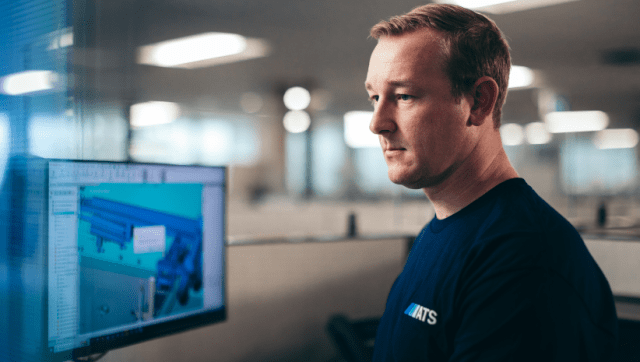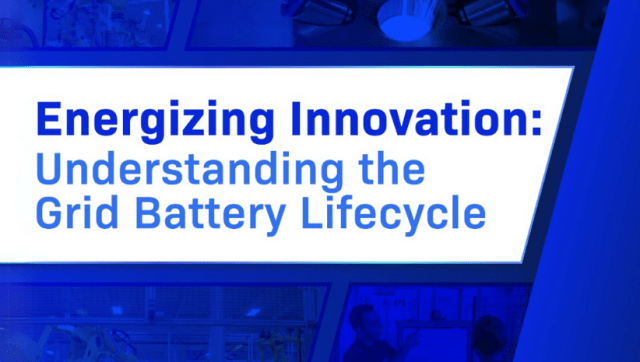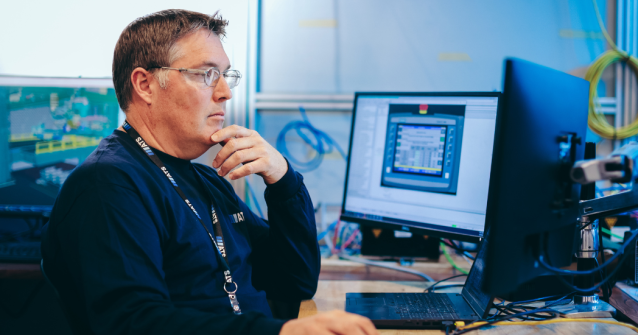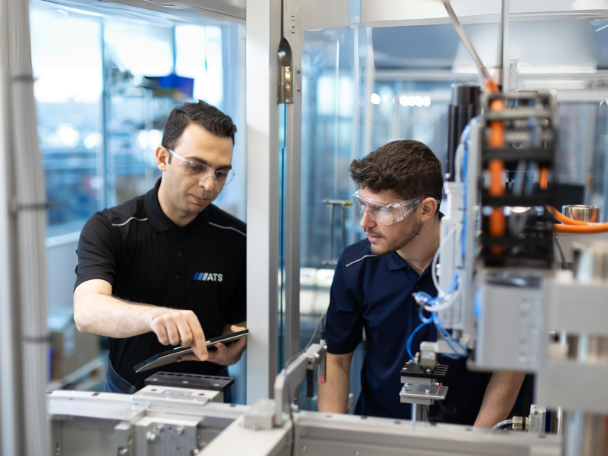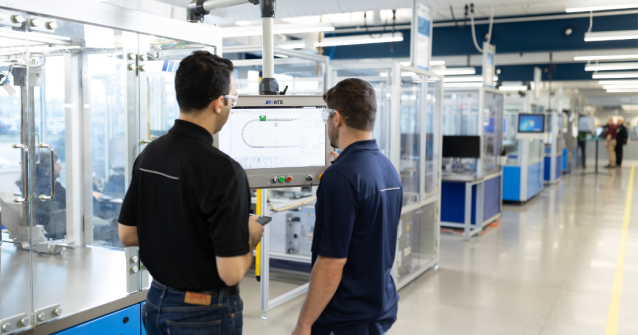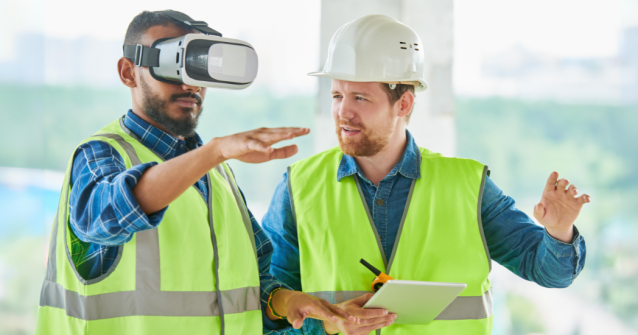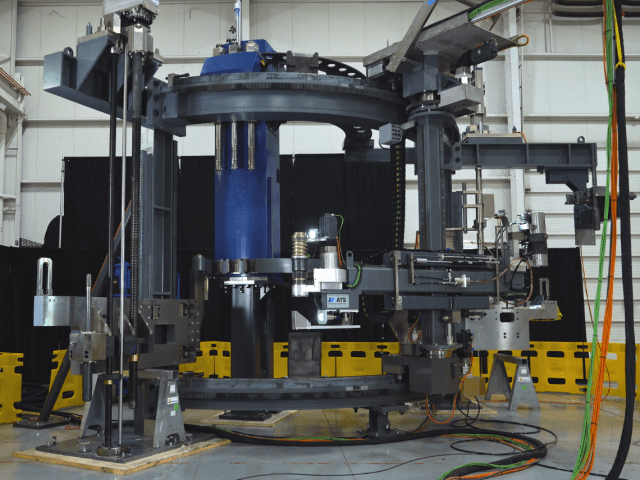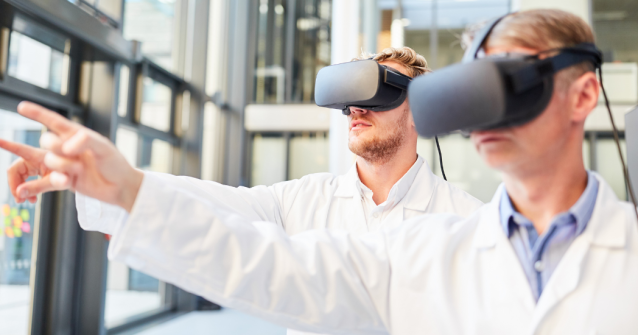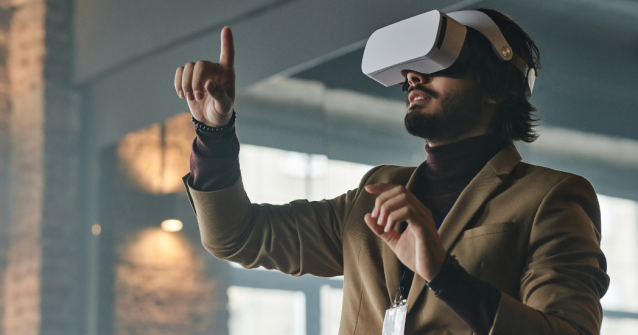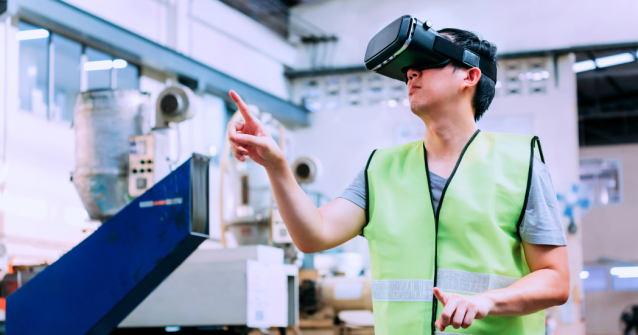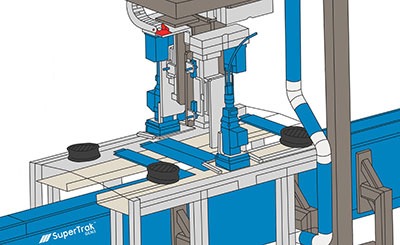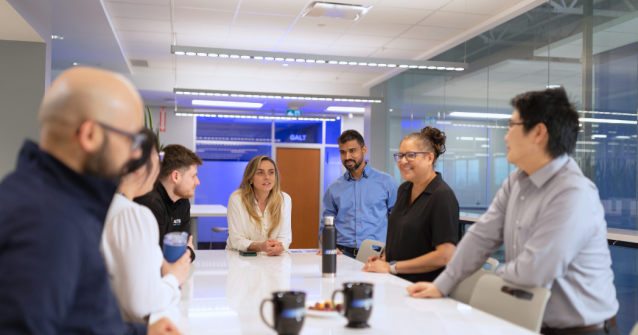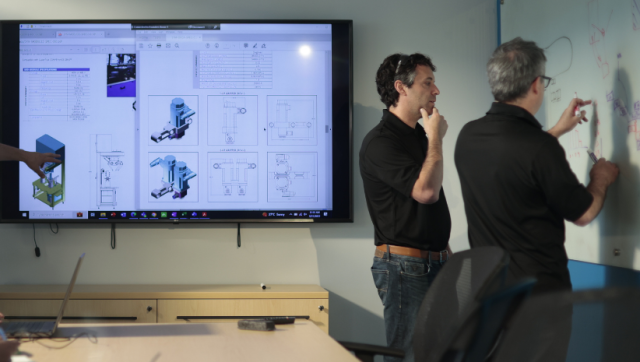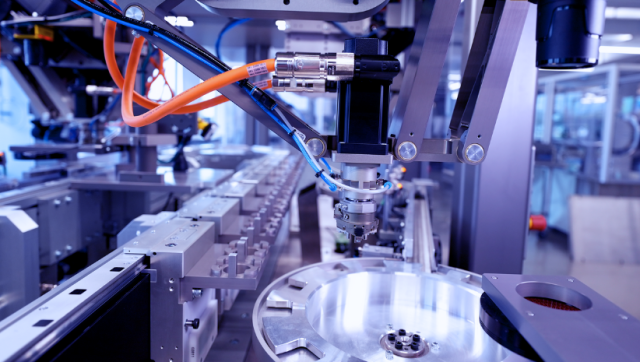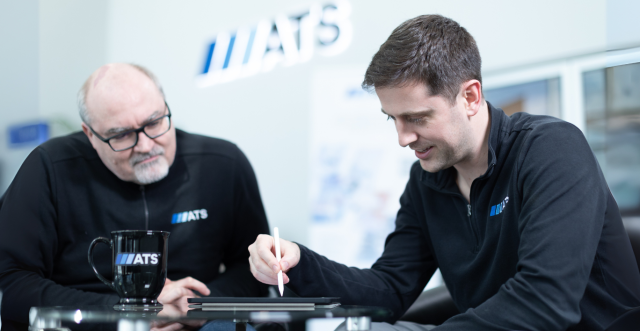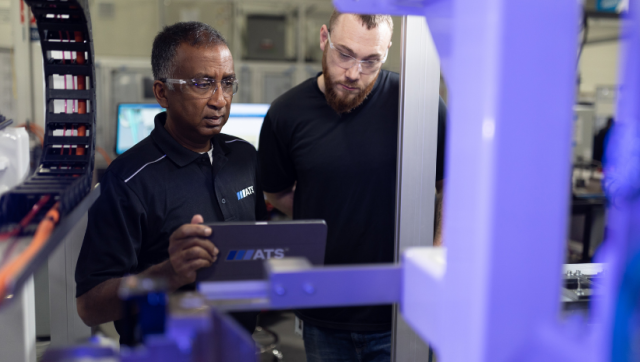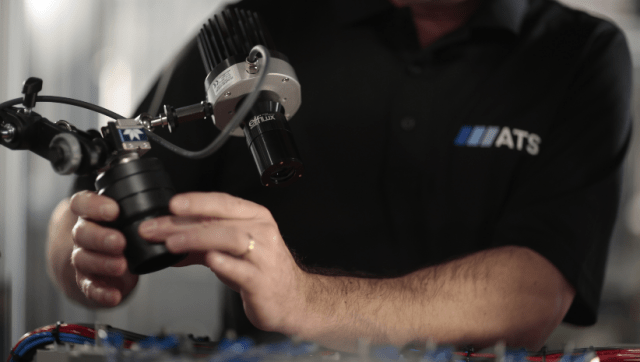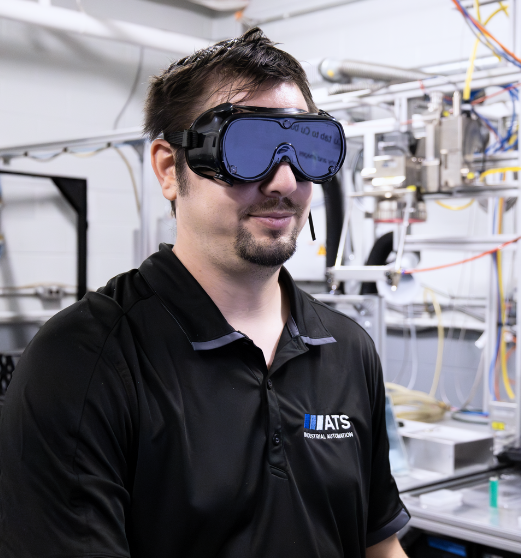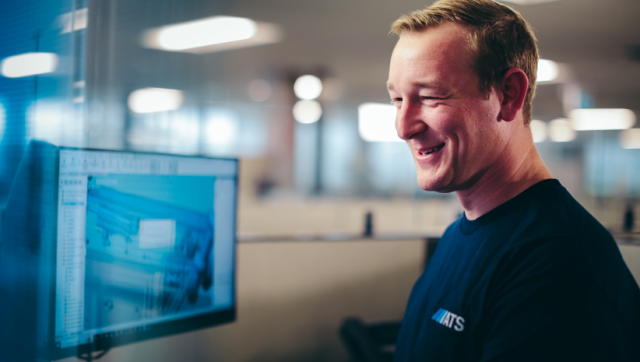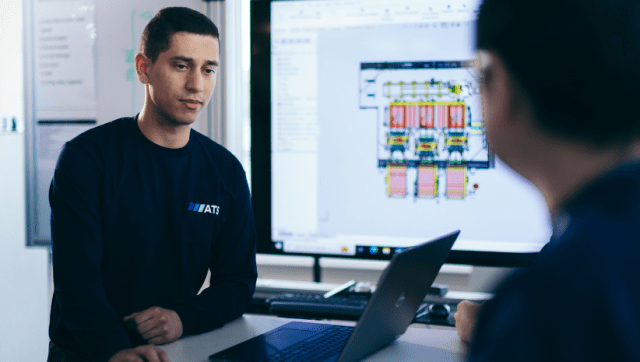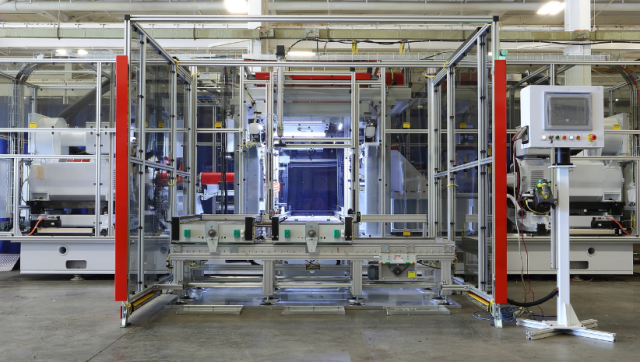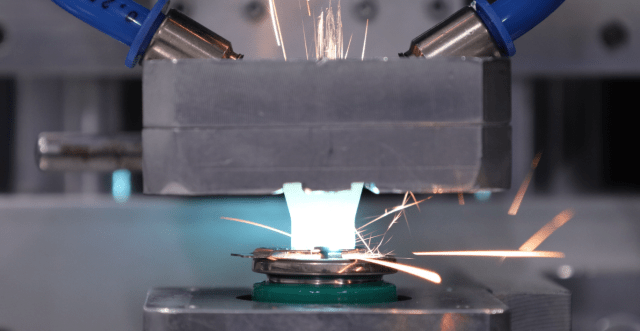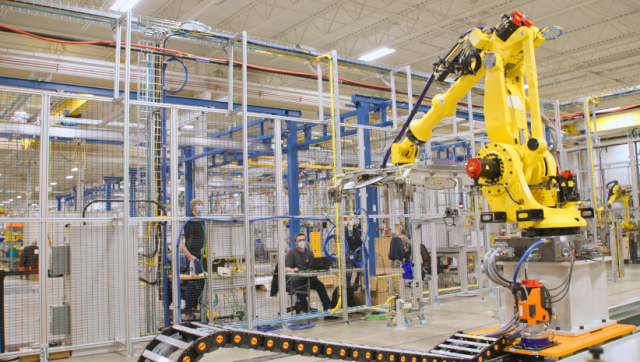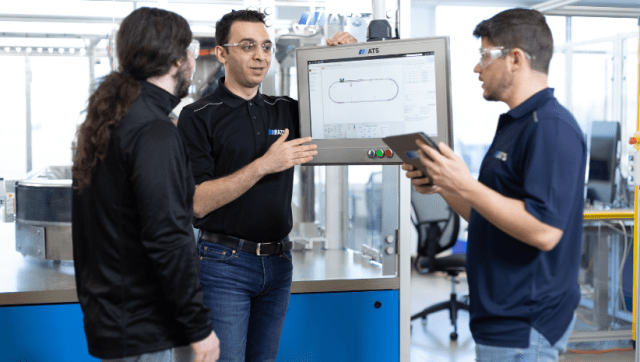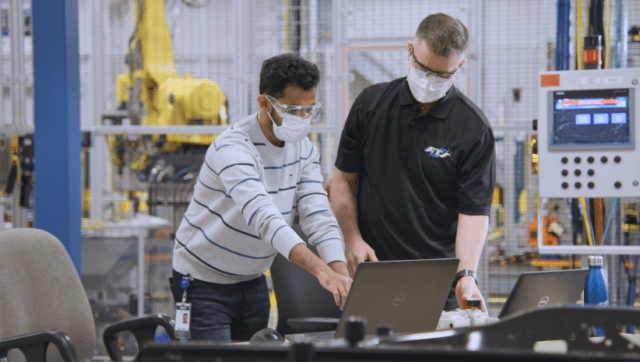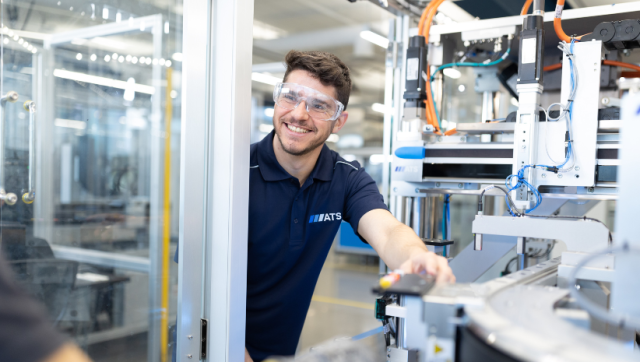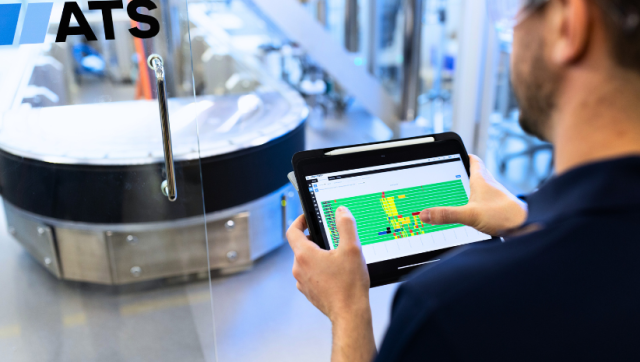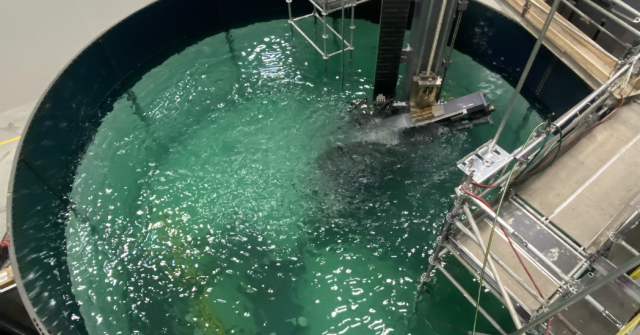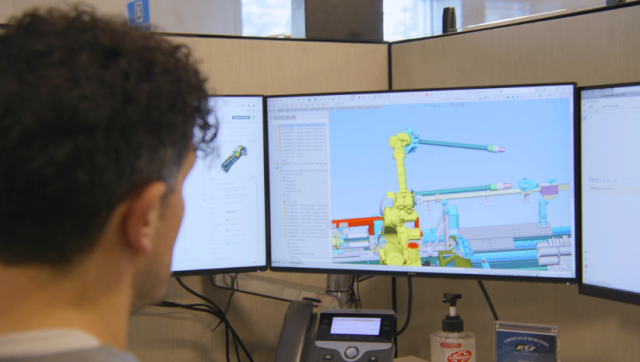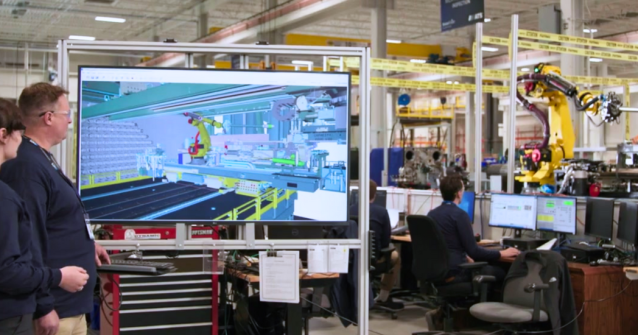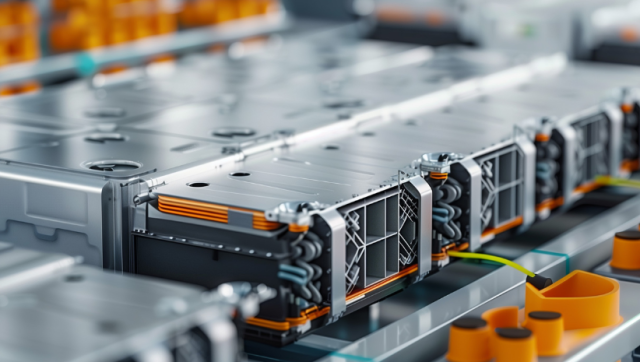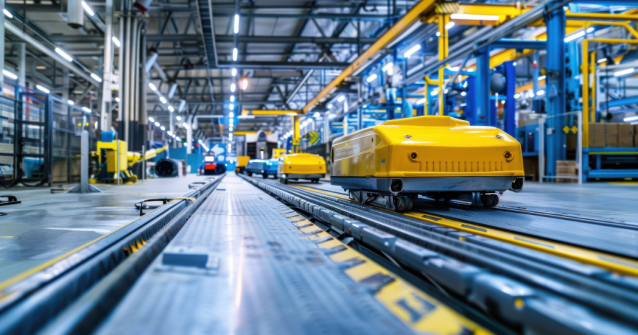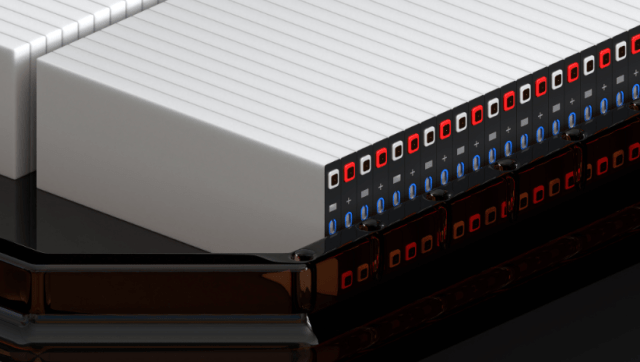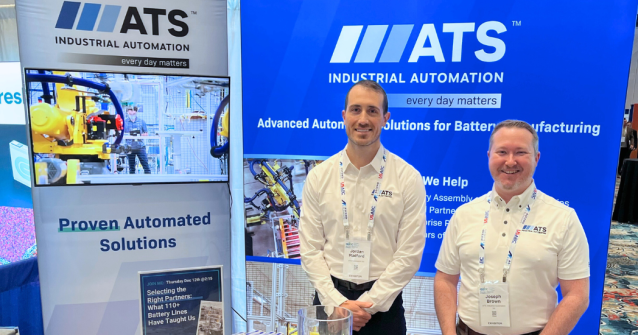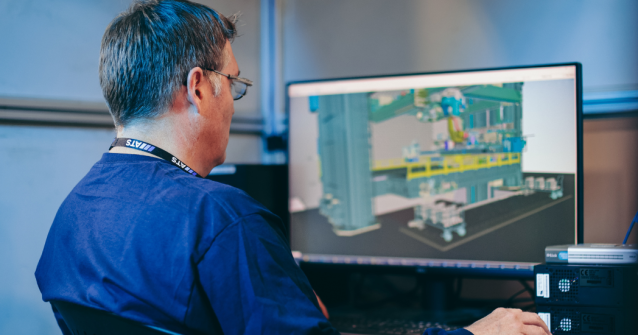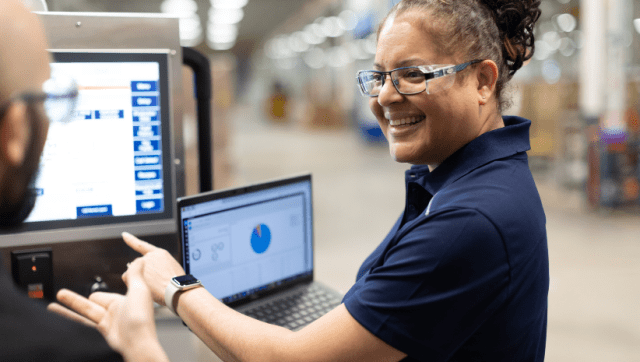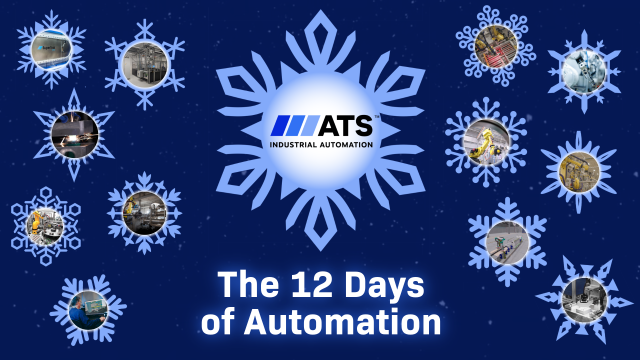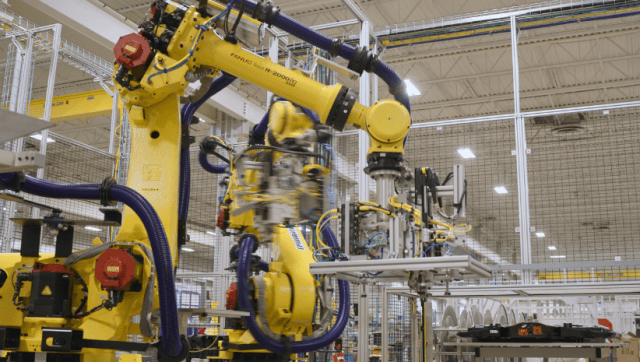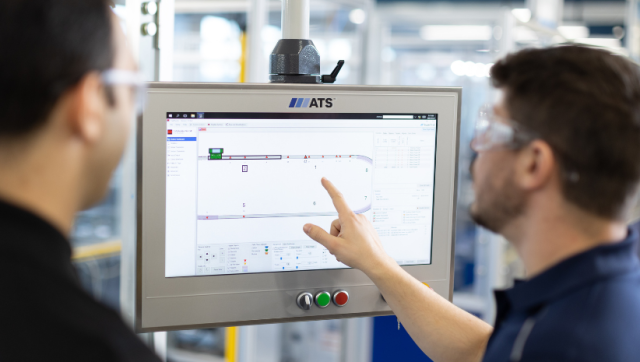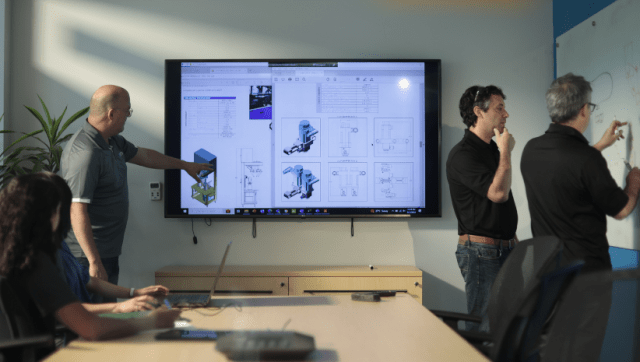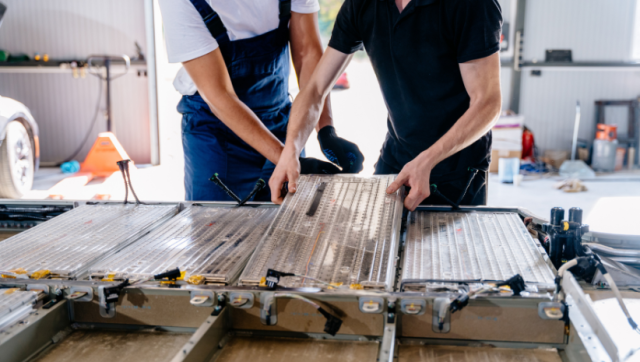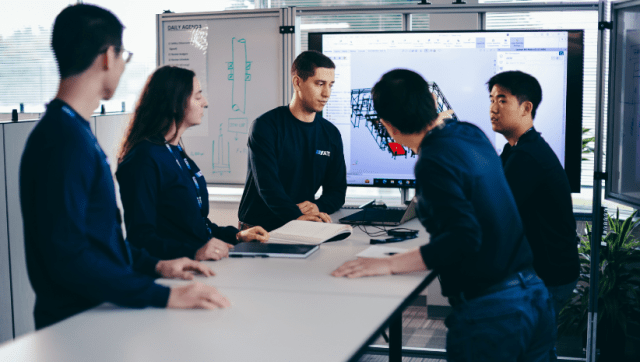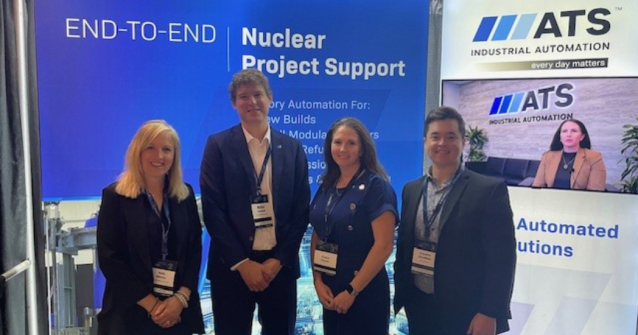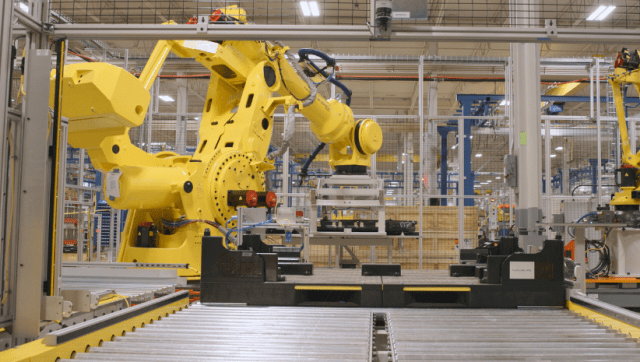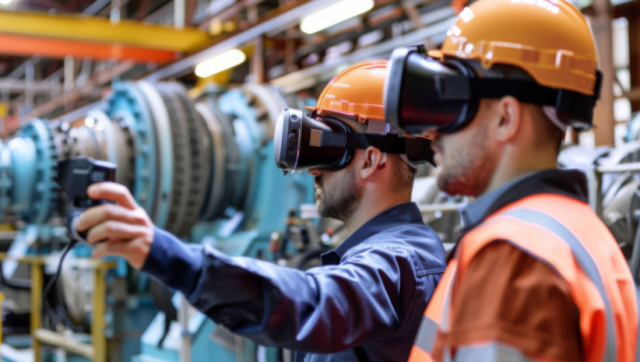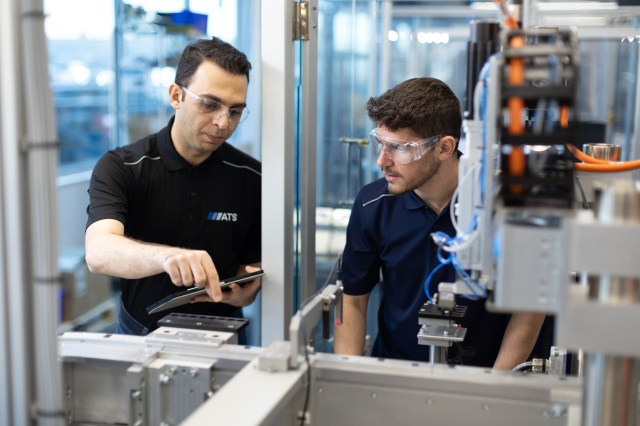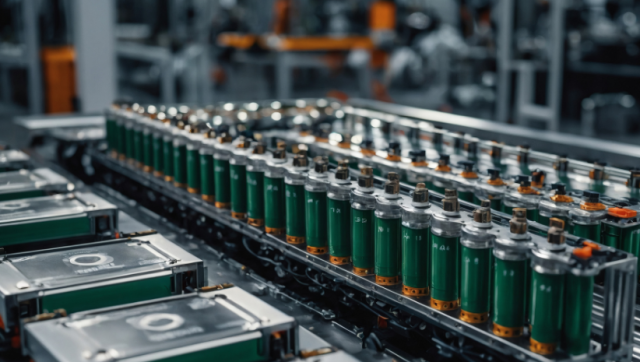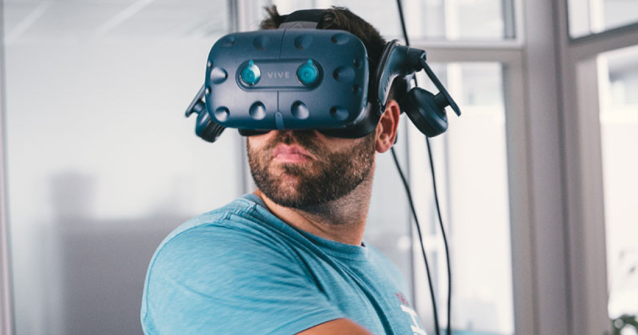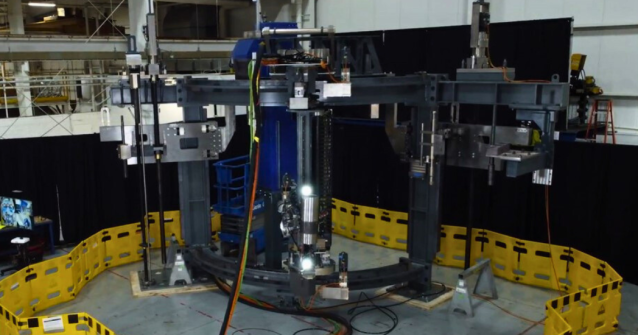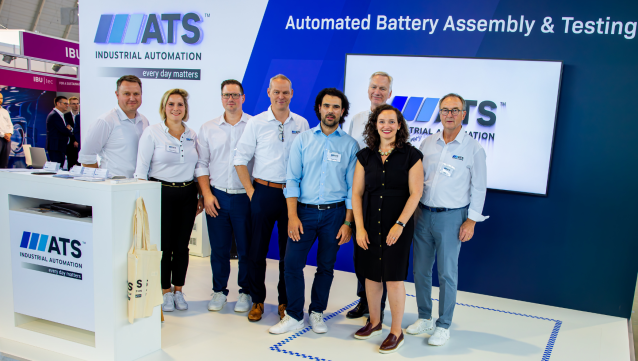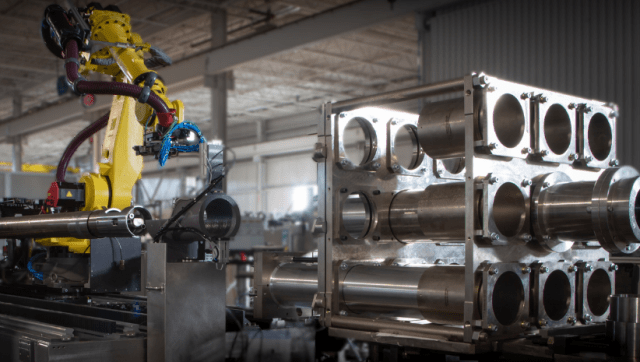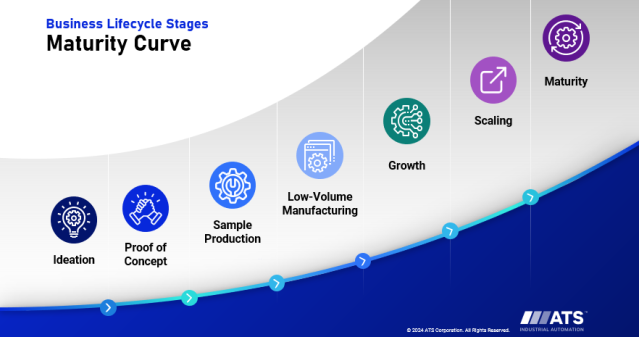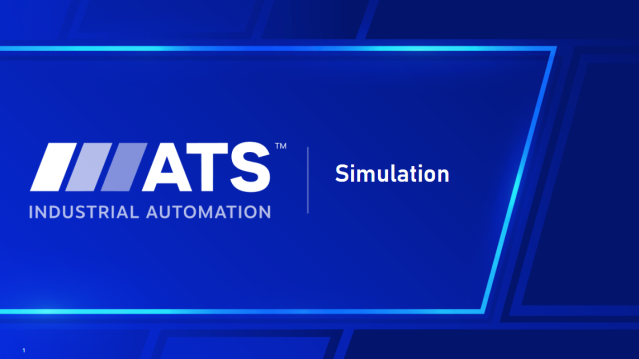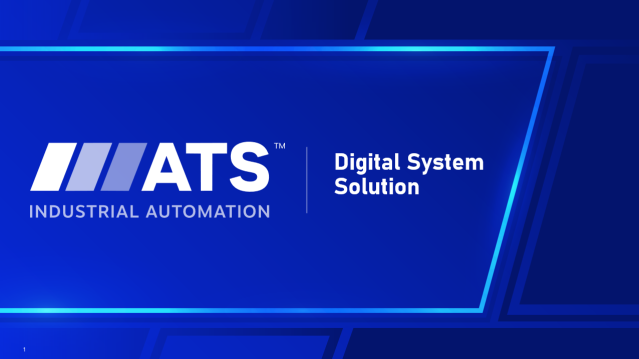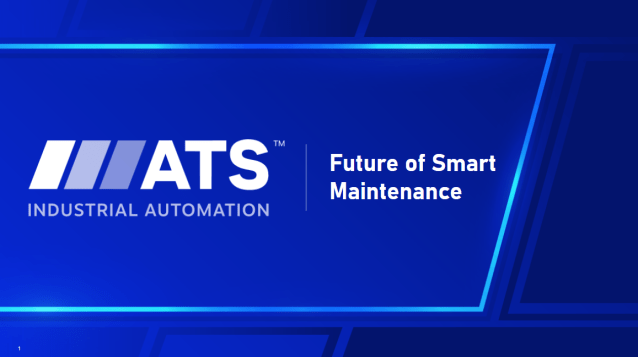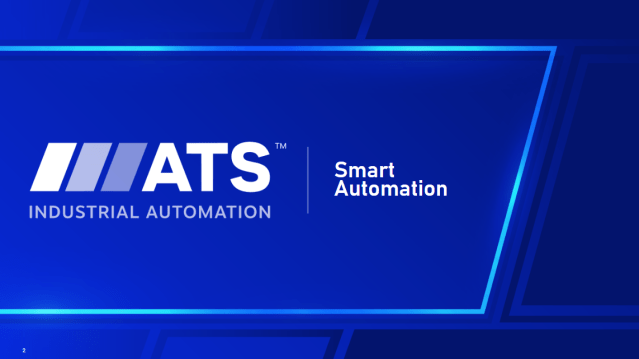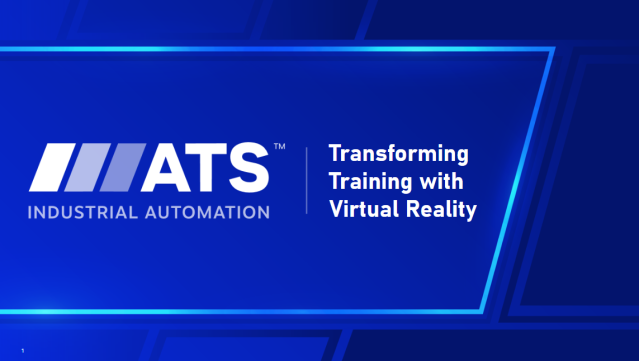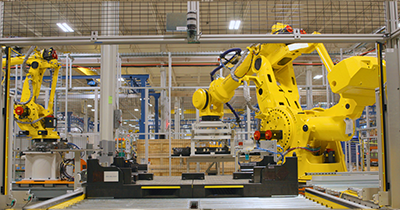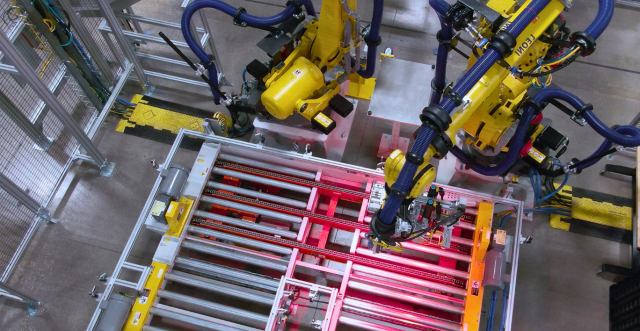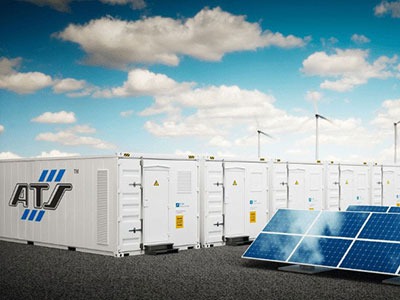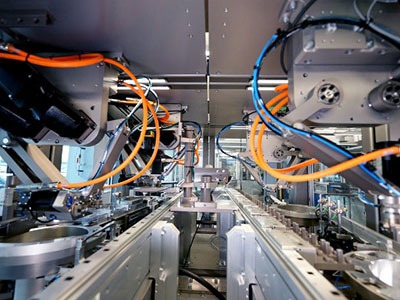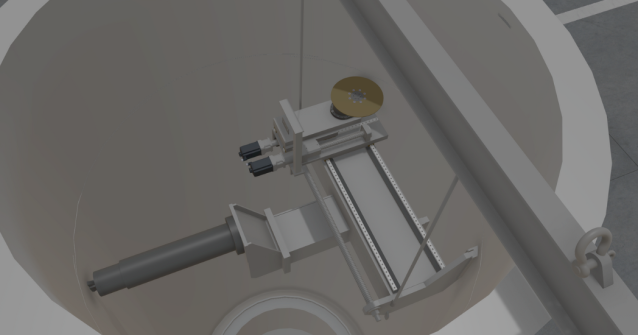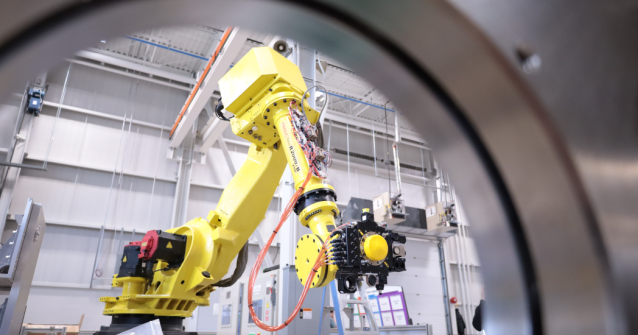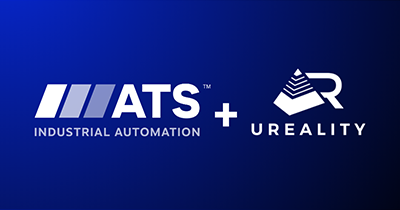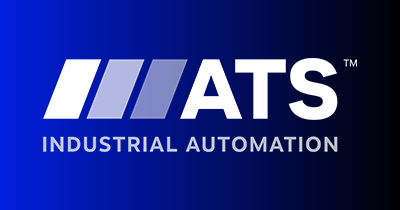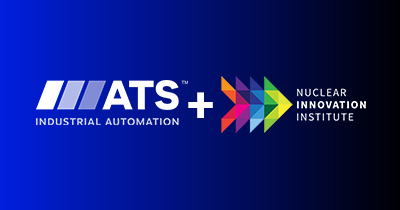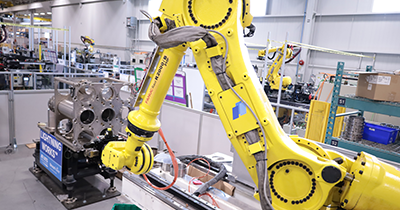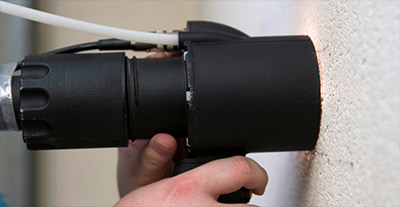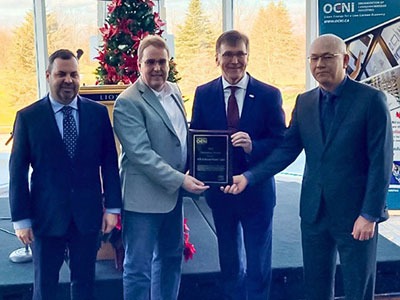In manufacturing, “going through the motions” is often seen as a sign of disengagement. But in the context of training, it’s exactly what builds confidence, reinforces safety, and improves retention. That’s the power of virtual reality (VR) training—immersive, scenario-based learning that helps manufacturers prepare their teams for real-world tasks before they ever step onto the shop floor.
The Problem with Traditional Training
Manufacturers face a complex set of challenges when it comes to training—and traditional methods like classroom instruction or video tutorials often don’t keep up. These approaches may have worked in the past, but today’s production environments demand more flexibility, consistency, and speed. Here’s why:
Limited Time With Experienced Trainers
The people with the most knowledge are often the busiest—solving problems, managing production, or navigating urgent issues. As a result, they’re rarely available to deliver hands-on training, leaving new employees without the guidance they need to succeed.
Equipment Availability and Downtime
Training on live equipment often requires taking machines offline, which is costly and disruptive. In some cases, Sometimes, machines may not even be available—especially when onboarding begins before a new line is fully commissioned.
High Turnover Rates
Manufacturers are constantly onboarding new team members. Traditional methods struggle to keep pace, often requiring experienced employees to repeat sessions or pull away from production to train new hires—creating bottlenecks and burnout.
Safety and Compliance Risks
In hazardous environments, mistakes can have serious consequences. Traditional training doesn’t always provide a safe space to practice emergency procedures or high-stakes tasks, making it harder to ensure retention, compliance, and readiness.
Cultural and Language Barriers
Manufacturing teams are often diverse, with different levels of language fluency and cultural familiarity. Standard training materials may not be accessible to all learners, leading to confusion, miscommunication, and inconsistent performance.
Lack of Standardized Training
Training quality can vary widely depending on who delivers it, when it’s delivered, and how it’s documented. This inconsistency leads to uneven skill levels across shifts and sites, increasing the risk of errors and inefficiencies on the floor.
Low Retention
Passive learning formats like lectures or manuals don’t engage workers the way hands-on experience does. Without the opportunity to practice, learners are more likely to forget key steps—especially under pressure.
These challenges aren’t just frustrating, they’re costly—impacting productivity, quality, and employee confidence. That’s why more manufacturers are turning to virtual reality as a scalable and immersive solution that addresses these issues head-on.
VR training offers a new approach. It allows workers to rehearse tasks in a safe, repeatable environment—building muscle memory and confidence without risking safety or equipment. Whether it’s machine setup, maintenance, or troubleshooting, VR enables users to practice procedures and learn from their mistakes.
Built on Real Machines, Not Just Renderings
ATS Industrial Automation’s virtual reality training is rooted in the digital twin. Using Siemens tools like Plant Simulate, Process Simulate, and the Totally Integrated Automation (TIA) Portal, ATS builds a virtual version of the physical machine—complete with computer-aided design (CAD) data, control logic, and real-world behavior.
This means training isn’t just realistic—it’s accurate. Workers see the exact panels and procedures they’ll encounter on the floor. Because it’s built on the same digital assets used for virtual commissioning, the training can be updated as the line evolves.
Real Results, Real Flexibility
VR training isn’t just about engagement. It delivers measurable benefits:
- 4x faster training completion than classroom learning.
- Users are 4x more confident in applying skills.
- 2.5x better retention of knowledge.
It’s also scalable. Manufacturers can deliver training across locations, in multiple languages, and in multiplayer mode—ideal for team-based processes. And with cloud-based deployment, all that’s needed is a headset and login.
Where VR Training Makes the Biggest Impact
Virtual reality training is highly adaptable across manufacturing environments and roles. Some of the most common and high-impact use cases include:
Line Awareness and Safety Orientation
New hires can virtually explore the production environment—learning about safety zones, emergency stops, and key equipment—before ever stepping onto the floor.
Machine Setup and Operation
Operators can walk through procedures for configuring and running equipment, gaining familiarity with controls, sequences, and common errors.
Maintenance and Troubleshooting
Technicians can practice diagnosing faults, replacing components, and performing routine maintenance without taking machines offline.
Standard Operating Procedures (SOPs)
VR enables manufacturers to standardize training across sites and shifts, ensuring consistent execution of critical tasks regardless of location or trainer availability.
Complex or Hazardous Workflows
Teams can safely simulate scenarios that are difficult, dangerous, or expensive to replicate—such as confined space entry or emergency response.
Multi-User Collaboration
It’s easy for teams to train together in shared virtual environments, even if they’re located in different facilities or countries—suitable for procedures that require cross-site coordination.
Because VR training is built on digital assets like CAD models and digital twins, it can be tailored to match each manufacturer’s specific equipment, processes, and challenges.
Common Questions About Implementing VR Training
When manufacturers explore virtual reality training, several questions often come up:
How Long Does It Take to Onboard Someone Using VR?
Training modules are typically short and scenario-based. Most take just a few minutes, depending on the number of steps involved. Workers can repeat modules as needed to strengthen learning.
Can VR Simulate Unexpected or Incorrect Actions?
Scenarios can be designed to include variations—such as misplaced tools or incorrect steps—to test decision-making and reinforce correct procedures. Built-in feedback also guides users when they make mistakes.
How Is Learning Reinforced Once Workers Are on the Floor?
VR training is repeatable and accessible on demand. Workers can revisit modules before performing real tasks, helping refresh knowledge and build confidence.
Can VR Training Be Customized to Match Our Equipment and Processes?
Training scenarios are built using digital twins and CAD data from the actual equipment, ensuring what workers see in VR matches what they’ll encounter in the facility.
What About Mixed Reality or Augmented Overlays?
Newer headsets support mixed reality, allowing digital instructions to be overlaid on real equipment. This can guide workers through tasks in real time, enhancing training and on-the-job support.
How Is Access Managed and Data Secured?
The platform supports user-level access and can be deployed via the cloud or on-premises. For sensitive environments, the latter ensures data remains within the manufacturer’s network.
Training That Evolves with the Line
Perhaps the most powerful aspect of VR training is its adaptability. As machines change, so can training. Updates to the digital twin move directly into the training modules—keeping everything aligned without starting from scratch each time.
It’s not just training—it’s a continuous learning ecosystem that grows with your operations.
To get started on using these immersive techniques, visit atsindustrialautomation.com/UReality.
Every training program is unique. Allow us to listen to your challenges and share how VR can optimize your training.

Danielle R. Sauvé
Vice President, Marketing & Service
ATS Industrial Automation
Danielle Sauvé is a marketing technologist and strategic leader, who transforms complex ecosystems into seamless customer experiences. With 20+ years across a variety of industries, she delivers insight-driven solutions that simplify workflows, elevate user value, and put customer success at the center of innovation.





